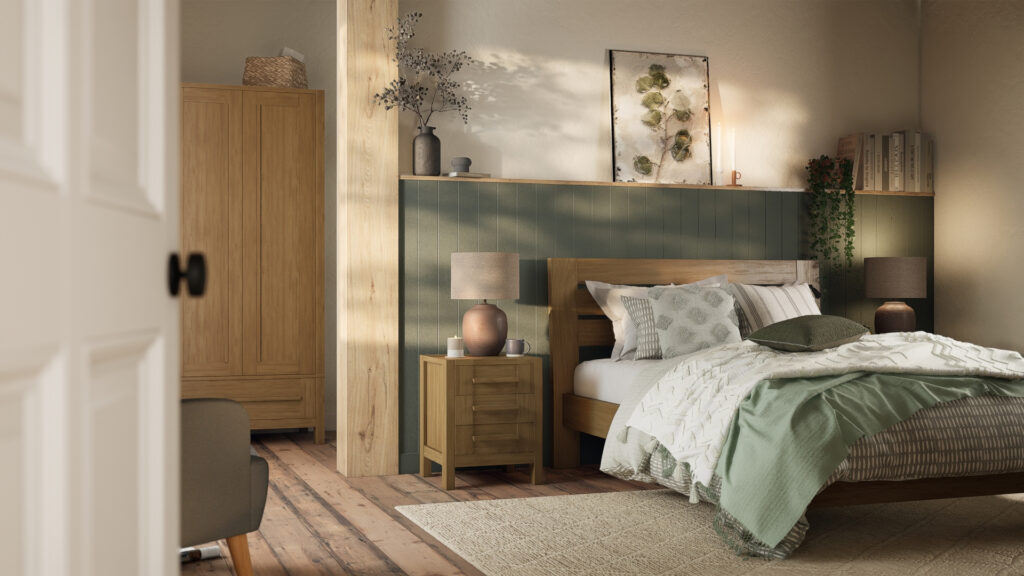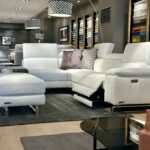Rainer Usselmann, Co-Founder at creative tech production agency Happy Finish, talks about the virtual furniture revolution and how the shift to digital is a must for every furniture business.
Do you remember buying your first sofa?
You may recall how the furniture showroom engaged your senses when you strolled through the displays. The texture of the textiles, smooth and soft to the touch. The smell of the upholstery as you sashayed past the two-seaters.
Thanks to e-commerce, those experiences aren’t completely over – but they are no longer a given. In the US, sales of furniture from a brand website or other online store (43%) have almost eclipsed in-store purchases (53%). It wouldn’t be a surprise if online sales soon overtake in-store revenues.
Furniture brands need to adapt in response, but that brings challenges – from stuffy operational processes to general workforce resistance to shift with the times. These growing pains affect consumers, too. While some furniture makers and retailers have made progress towards offering shoppers the chance to virtually browse and buy from their full ranges online, plenty are yet to fully transform.
Two seats on the same sofa
There’s an understandable urge to use the latest digital tools to create those all-important visual assets that will have consumers scrolling through your online furniture catalogue. But it’s important to be mindful of the bigger picture from the outset.
When embarking on a digital transformation to turn your 2D furniture business into a 3D commerce enterprise it’s vital to understand how the layers of organisation and operation sit with each other. They’re two seats on the same sofa.
Organisation means the strategic layer needed for clear definition of business objectives, and a plan that includes achievable transformation milestones; as well as an understanding of how innovation can get you there, and how to define and measure success.
Operation is the tactical layer that implements the organisational plan. In other words, getting stuff done. At this point, you need to know who is in charge of what, shape your content creation infrastructure that underpins your change, and install the tools and processes to facilitate it.
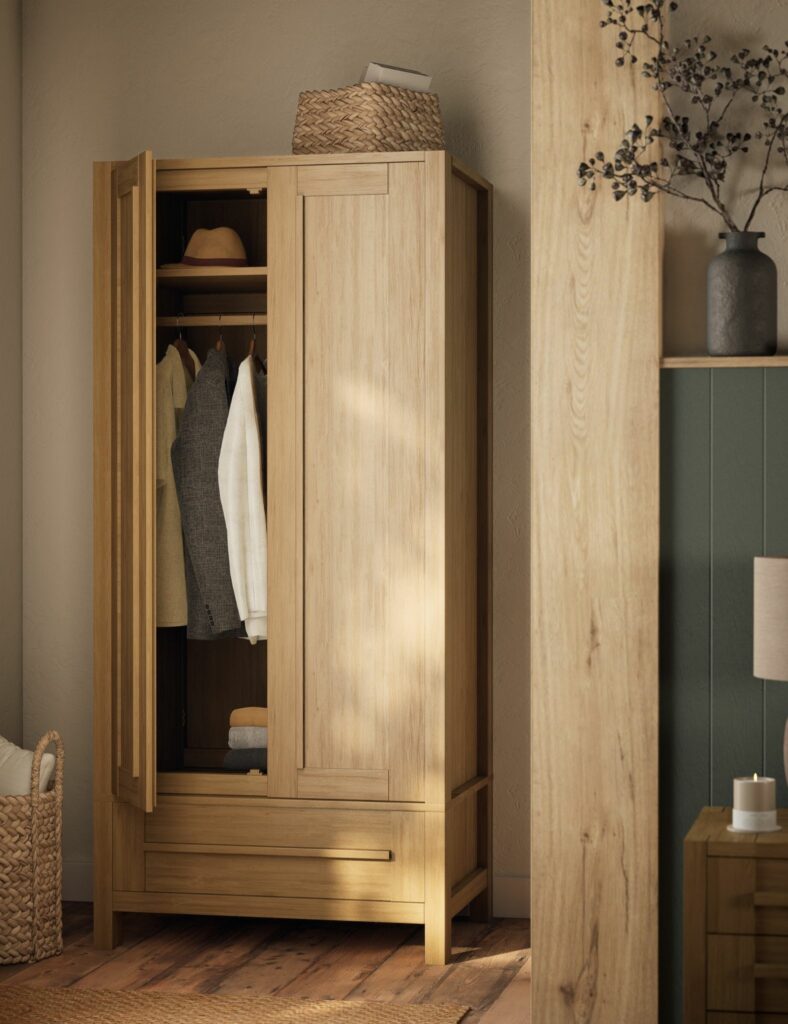
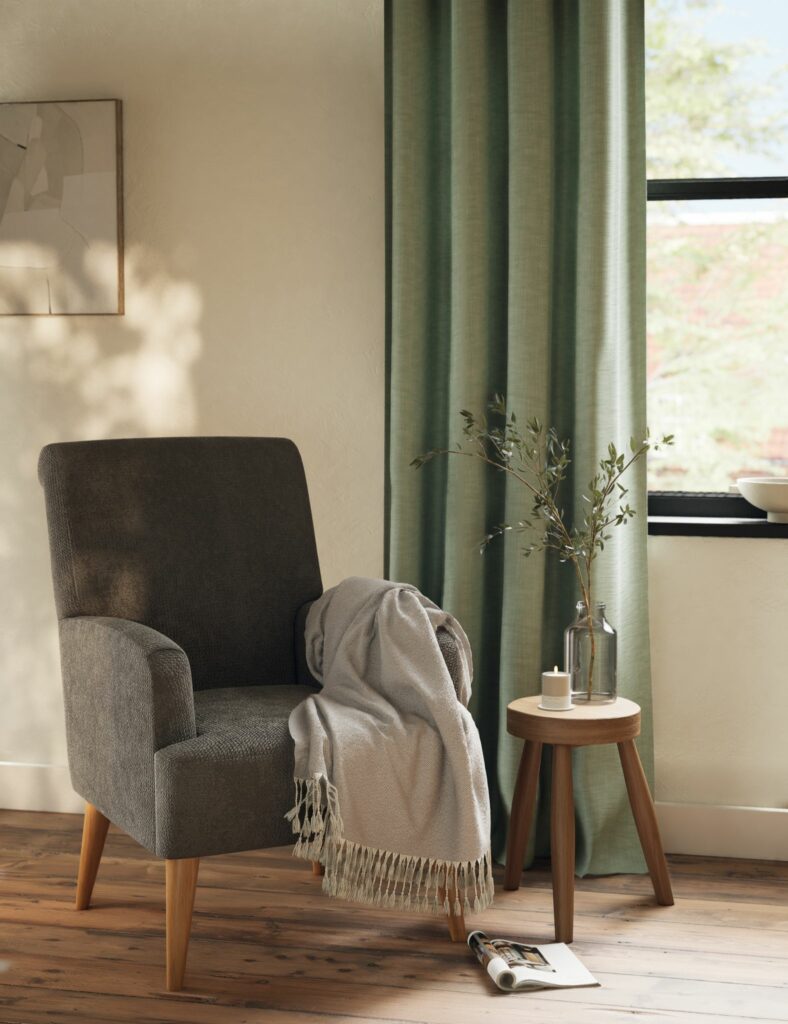
Of course, your metamorphosis will only matter if every employee knows their role and buys into it. With digital transformations in particular we often see pushback on planned modernisation. “Photography will always be better than Computer Generated (CG) images” was a common refrain in the nascent switch to digital assets; one of many ‘reasons not to believe’. To an extent, that mentality endures.
But consult, communicate, and start to point out the opportunities and sweeping gains that can be made through change, and you will cushion any perceived blow your team feels could come their way.
With direction of travel mapped out, structures and systems for the journey in place, and the whole business on board, it’s time for the fun stuff to start.
Cutting-edge CG has you covered
A shift to digital assets doesn’t happen overnight. If you want to give the consumer access to a comprehensive online catalogue to play with lifestyle choices and personalise furniture choices to their hearts’ content, you first need to cover the basics.
Scaling to a fully 3D commerce furniture operation means mastering a level of detail. Have you clearly defined the processes and infrastructure required to make the transition, knowing what your tech stack should look like?
Do you know how to build easily accessible asset libraries for products, props and materials, which can then be used as part of a range of features to suit every consumer taste? Many retailers now contractually insist on CAD (Computer-Aided Design) 3D files being provided by furniture suppliers to ensure smooth replication for digital assets. Those that don’t do this, should.
Importantly, have you defined the critical touchpoints in consumer purchasing journeys – what types of assets are needed by whom, when and on which platforms? And are you aware what training your team will require? The competencies that can make CG and real-time rendering a game changer for your business aren’t innate – your digital designers are deployers and will likely need to be furnished with new skills.
If you’ve satisfactorily answered those questions and any others arising, it’s time to discover everything you can do with cutting-edge CG. Don’t just plump for photos; they limit creativity. Today’s consumer wants videos, configuration as a given, through access to Augmented Reality (AR) assets that allow them to render rooms themselves: placing and rotating furniture pieces, choosing dream colour schemes or picking vibrant patterns.
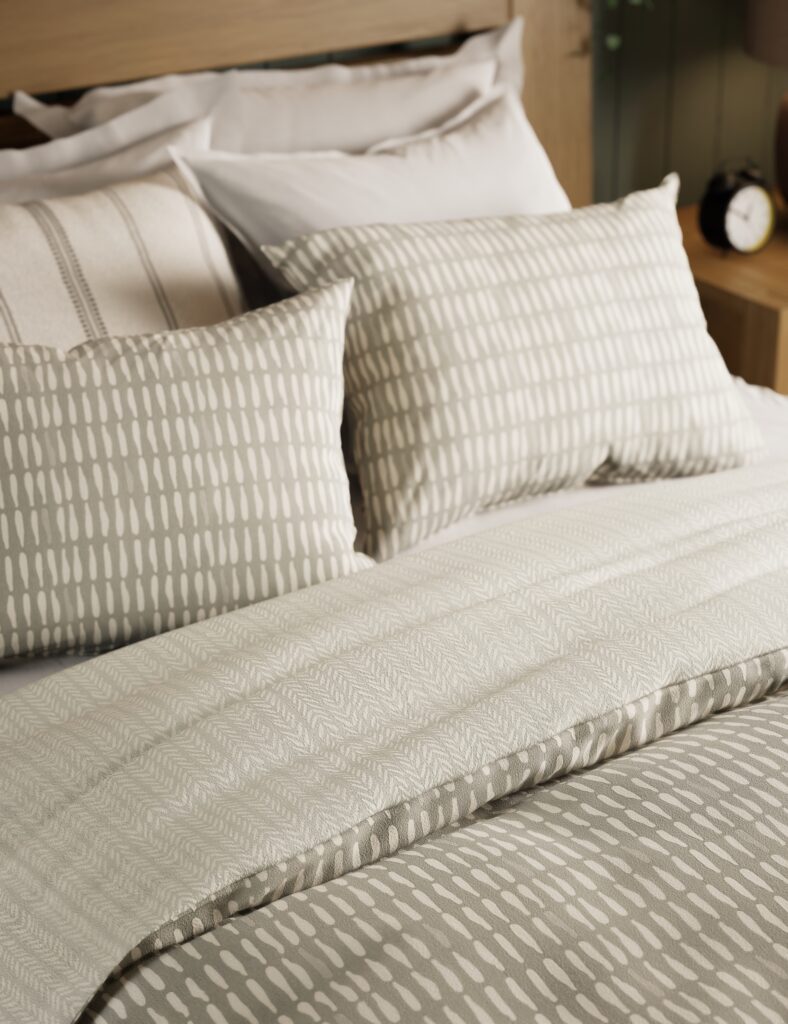
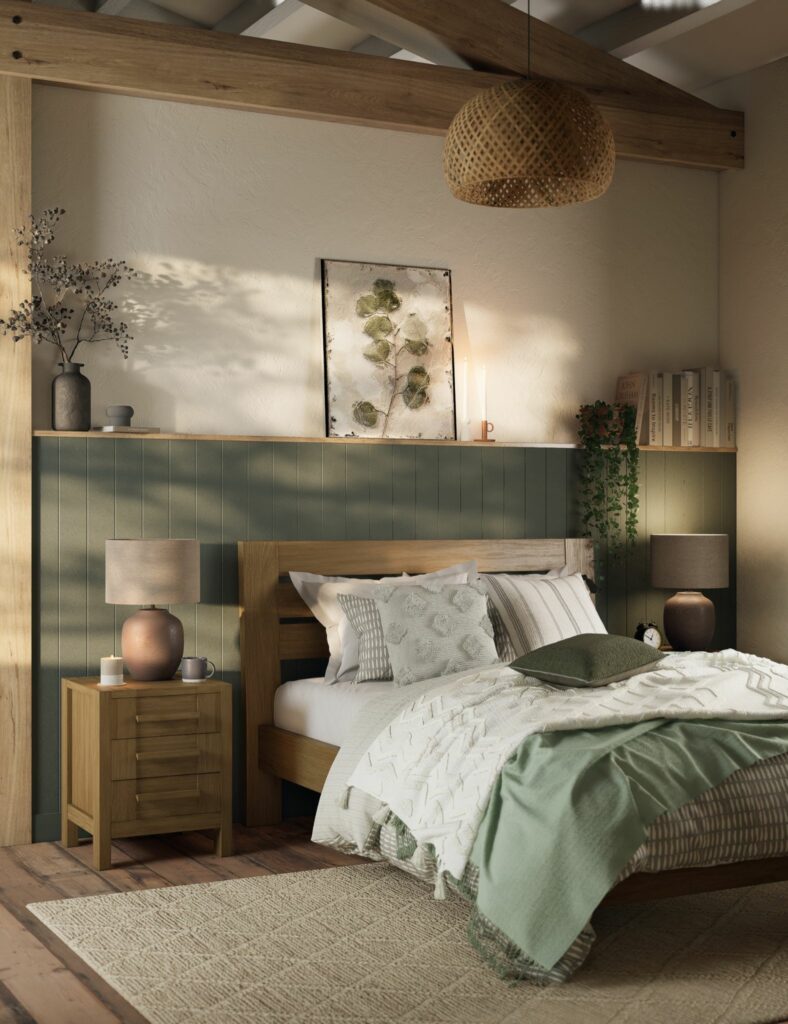
Assets for consumers and for the industry
The dual benefit of elevating the purchasing experience for consumers to become grand designers isn’t just a material boost to revenues. Your business transformation will benefit too, from:
- efficient management, storage and deployment of visual assets for popular ranges that stay constant between seasons
- future-ready assets that can be flexed across formats and platforms, and can be customised according to demand
- streamlined production, matching consumers’ ‘see it, want it, buy it’ use of the digital assets to manufacturing cycles – as close as is currently possible to build-on-demand
- sustainable practice, thanks to fewer physical samples being created, lower production lag times, and less need for wasteful and costly product redesigns
We’ve helped major furniture and homeware retailers extend their vaunted in-store consumer experience to digital channels, offering a customisable range of products that stays current and caters to target audience trends. And we’ve done so by either plugging into and extending brands’ existing 3D capabilities, or by configuring custom content factory workflows that do the heavy lifting on their behalf without the need for large brand-side 3D teams.
3D commerce has been key: the creation of digital product ‘twins’ – across priority items in particular – that can be used in versatile ways, including the AR assets and configurators mentioned above.
Online photography has been completely replaced with dynamic content, including video and animation, that can be served to consumers across channels and platforms. All produced in greater quantities, higher quality, faster and at lower cost, and organised using clearly defined data standards that ensure a brand asset library which is accessed and used by all stakeholders with minimal fuss.
We want the furniture we buy to be an enduring part of our living or workspace. In that sense, it’s one of the most considered physical purchases we make. But thanks to technology transforming choice, the future of furniture is firmly digital. Let that be the asset that drives the sector’s growth.


